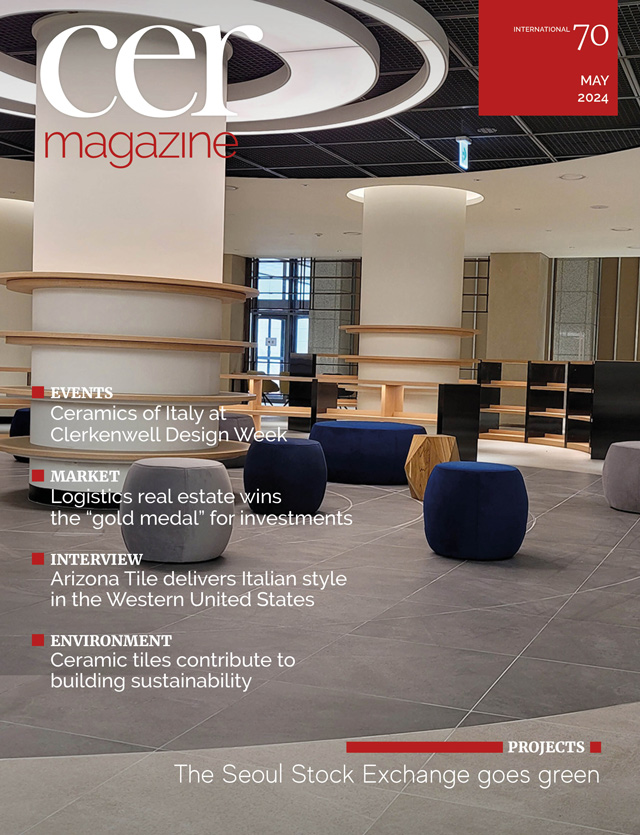The value of our history
(May 2024) | Living fully in the present while keeping a close watch on potential future scenarios and developments is a common practice for both companies and individuals. It is a behaviour that reflects our individual identities shaped by experience. And although it may seem slightly paradoxical, the value we create daily is often overshadowed by the rapid pace of developments and the many others trying to carve out their own space and identity, yet our history stands out as a hallmark of distinction.
Two exhibitions focusing on the history of ceramics were opened in recent weeks, each offering a unique perspective but both rich in content and significance. The first exhibition in chronological order is held in Spezzano Castle in Fiorano Modenese and is entitled “The early years of Italian tiles. 1889-1939: the first fifty years of the ceramic district”. The year 1889 was chosen as the starting point because it marked an event held in the Industrial Artistic Museum in Rome where ceramic tiles from the Sassuolo area were exhibited for the very first time. Rather than their aesthetic qualities, the most significant aspect of the exhibited tiles is that they were the result of a modern, large-scale industrial process using dedicated technologies. Ever since their origins, Italian ceramic floor and wall tiles have been created through an organised production process that uses innovative plant technology to transform clay into finished products.
The second exhibition, entitled “Gio Ponti. Ceramics 1922-1967”, is hosted in the International Museum of Ceramics (MIC) in Faenza and runs until 13 October. It showcases the work of Gio Ponti, a renowned architect, designer, intellectual and promoter of what would later be known as “Made in Italy”, highlighting how he used ceramics to create versatile design products for a wide range of residential and non-residential applications. These products seamlessly blend industrial processes with artistic creativity and innovation. Ponti’s work had a profound impact, not only for its aesthetic appeal but also for its ability to transform the built environment. His ceramic creations, like many historic and contemporary Italian ceramic products, demonstrated the power to enhance both the interiors and exteriors of homes, buildings and cities.
For a century and a half, industrial technology and artistic flair have been the hallmarks of Italian ceramic tiles in markets the world over. These exhibitions celebrate both the technological and artistic heritage of Italian ceramic tiles, highlighting their crucial role on the global stage. They emphasise the deep cultural and creative roots that set Italian ceramic tiles apart, reinforcing Italy’s leadership and visionary status in the world of construction and interior design.





